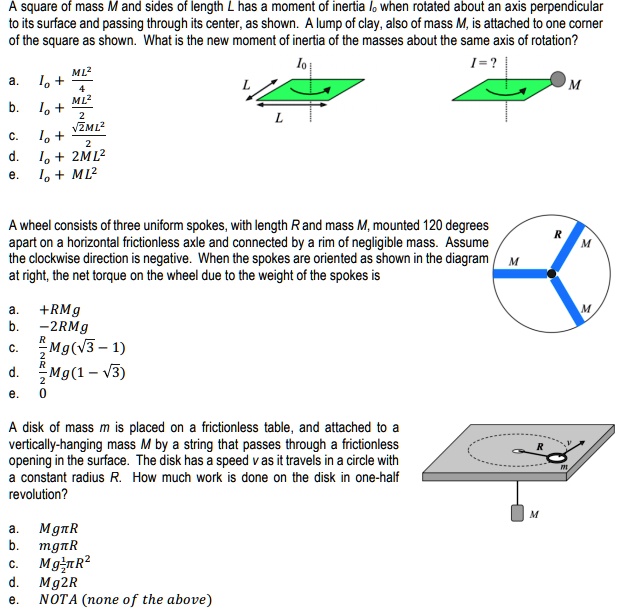

7.3 Derivation of the tensor components.7.2.1 Determine inertia convention (Principal axes method).

#Torque moment of inertia of a circle free#
For bodies free to rotate in three dimensions, their moments can be described by a symmetric 3 × 3 matrix, with a set of mutually perpendicular principal axes for which this matrix is diagonal and torques around the axes act independently of each other. Its simplest definition is the second moment of mass with respect to distance from an axis.įor bodies constrained to rotate in a plane, only their moment of inertia about an axis perpendicular to the plane, a scalar value, matters. The moment of inertia of a rigid composite system is the sum of the moments of inertia of its component subsystems (all taken about the same axis).

It is an extensive (additive) property: for a point mass the moment of inertia is simply the mass times the square of the perpendicular distance to the axis of rotation. It depends on the body's mass distribution and the axis chosen, with larger moments requiring more torque to change the body's rate of rotation. The moment of inertia, otherwise known as the mass moment of inertia, angular mass, second moment of mass, or most accurately, rotational inertia, of a rigid body is a quantity that determines the torque needed for a desired angular acceleration about a rotational axis, akin to how mass determines the force needed for a desired acceleration. War planes have lesser moment of inertia for maneuverability.


 0 kommentar(er)
0 kommentar(er)
